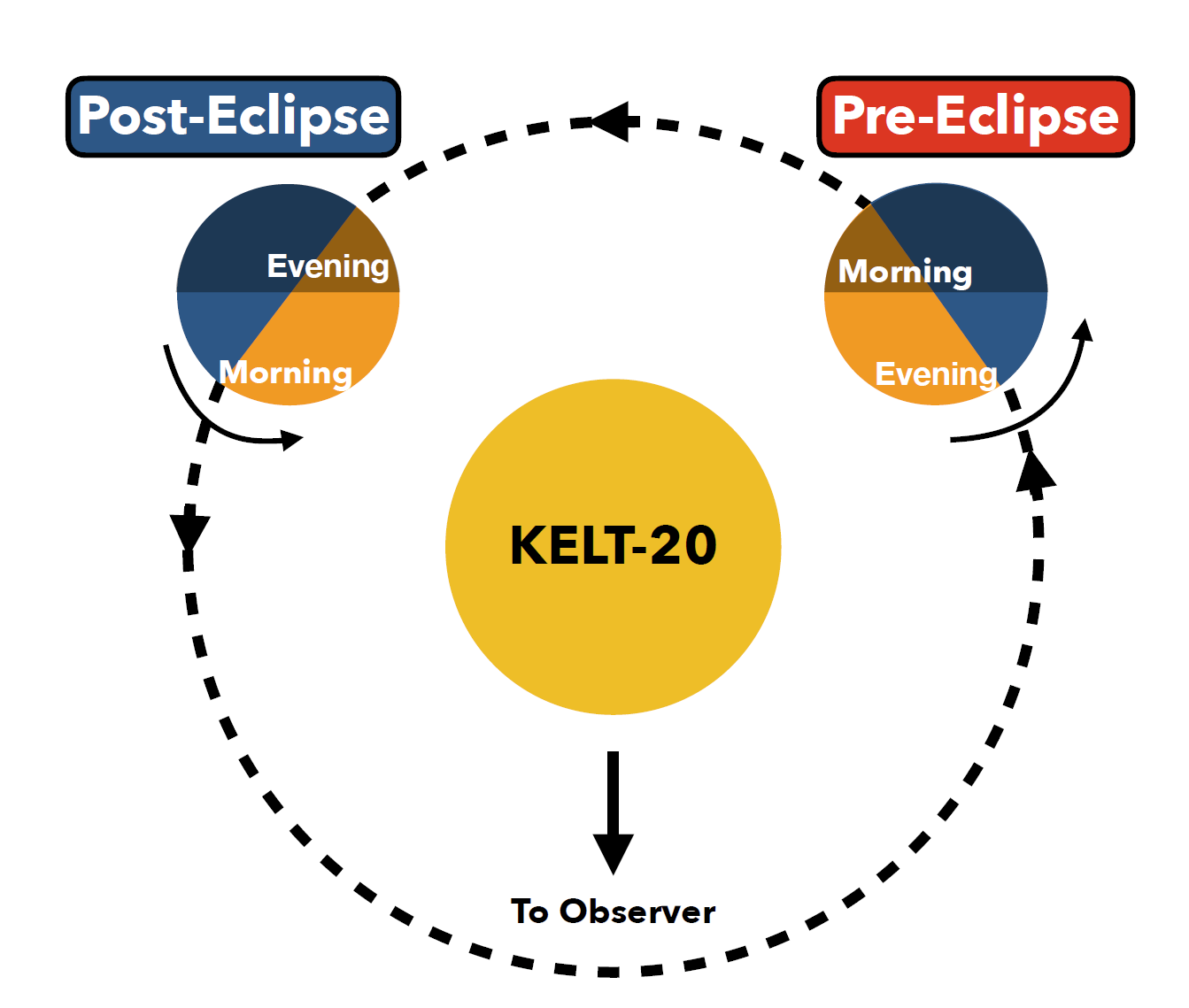We present five datasets of high-resolution optical emission spectra of the ultra-hot Jupiter KELT-20 b with the PEPSI spectrograph. Using a Bayesian retrieval framework, we constrain its dayside pressure-temperature profile and abundances of Fe, Ni, and Ca, providing the first measurements for Ni and Ca for KELT-20 b in emission. We retrieve the pre- and post-eclipse datasets separately (corresponding to the evening and morning sides, respectively), and compare the constraints on their thermal structures and chemical abundances. We constrain lower abundances in the pre-eclipse datasets compared to the post-eclipse datasets. We interpret these results with an equilibrium chemistry model which suggests ∼ 10 − 30× supersolar refractory abundances. Due to the well-known degeneracy between absolute abundances and continuum opacities, the abundance ratios are more precise probes of the planetary abundances. Therefore we measure the abundance ratios [Ni/Fe] and [Ca/Fe] across these datasets and find they agree within 1σ. We constrain [Ni/Fe] to be consistent with solar within 2σ, and [Ca/Fe] to be 0.001-0.01× solar, not accounting for ionization.

Read more: Bonidie et al. 2025, AJ, in press. eprint arXiv:2511.09720
